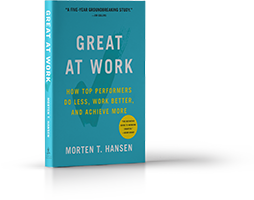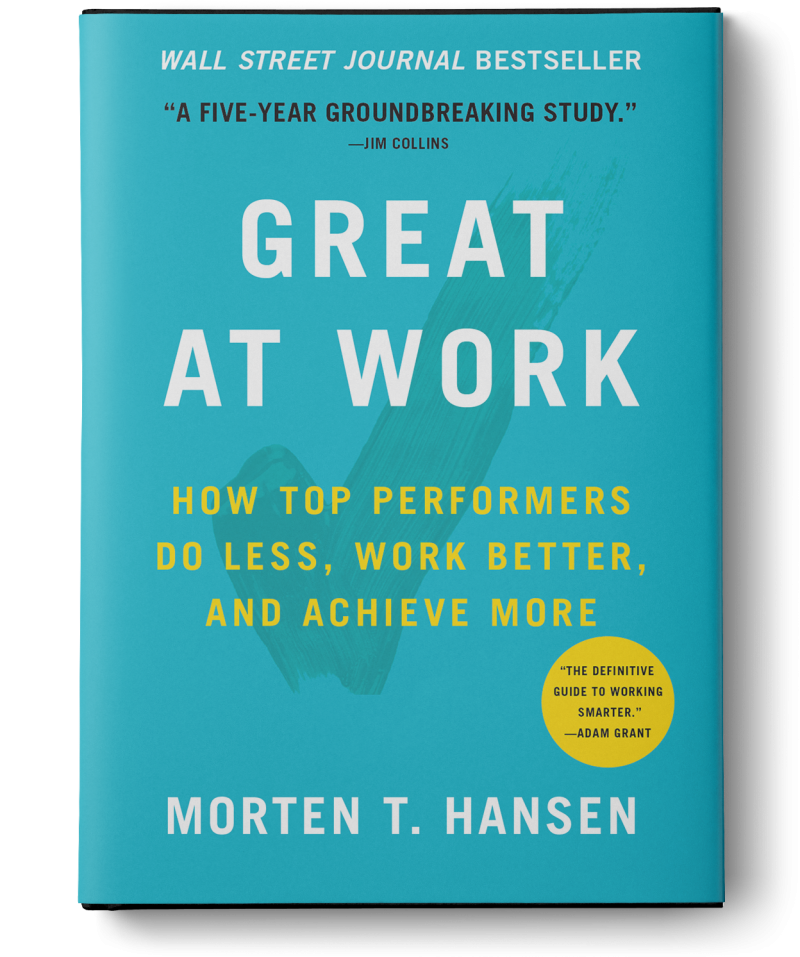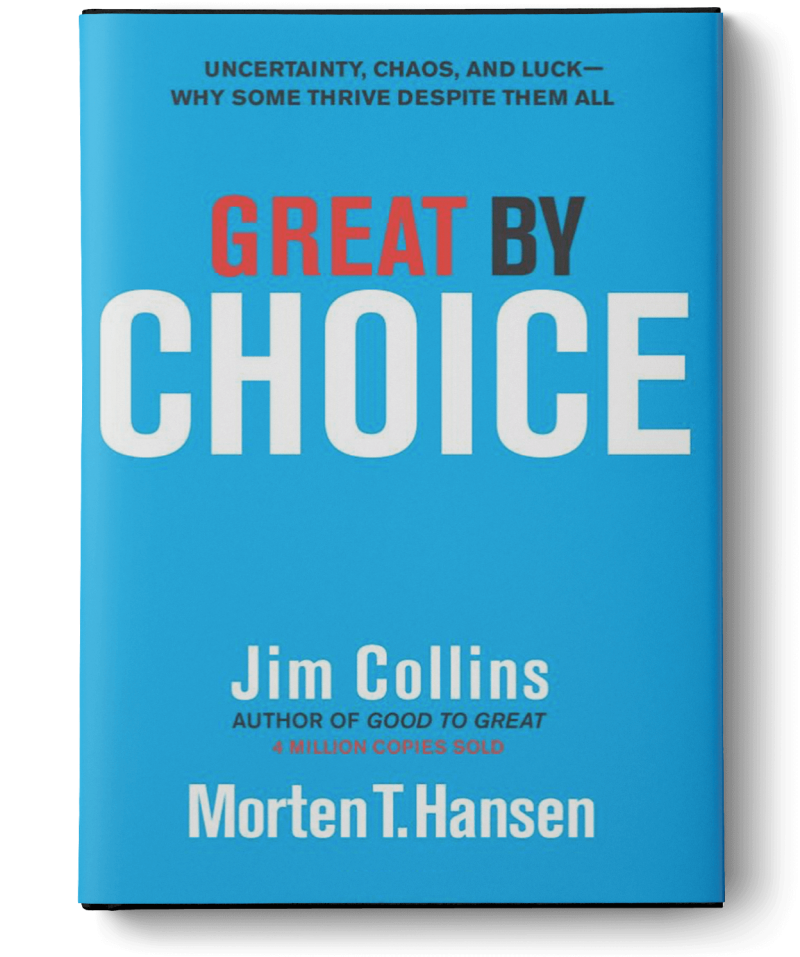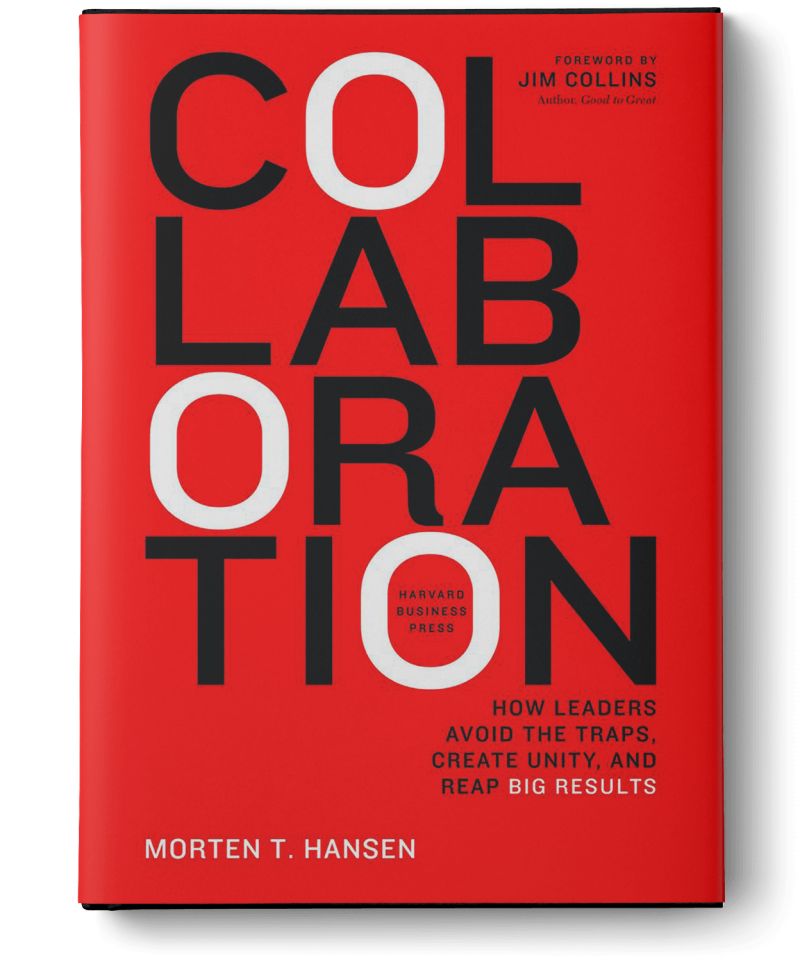Look No Further to Identify Your Strengths and Weaknesses
You’ll find a whole set of very good books that use the “StrengthFinder” approach, pioneered by Tom Rath and Marcus Buckingham. This method involves identifying whether your current role taps into your natural strengths by answering this question:
To what extent do you agree with the statement, “My job gives me the opportunity to do what I do best every day”?
It’s a really good question to ponder but my research has shown me something else. While talent, effort, and also luck are important, HOW people work matters more. In my study of 5,000 people, I identified seven ‘work smart’ practices that account for a whopping two-thirds of the difference in performance. If you want to become a high-performer, ask yourself this question instead:
How do you currently stack up against these seven ‘work smart’ practices? Which are you currently doing well, and where can you improve?
Armed with that information, you can determine where to focus to improve your performance. The management experts behind StrengthFinder advocate improving upon your strengths, and that makes sense in their use of the term. In my approach, however, I suggest focusing on your weak spot. Pinpoint which of the seven practices is your weakest yet is key in your job and apply intense effort there.
For example, say you score low on the practice of “fight and unite,” which sometimes is called “disagree and commit.” This involves speaking up and generating a rigorous debate in meetings to let the best arguments and ideas emerge and prevail. If your job doesn’t require you to run or participate in such meetings, you wouldn’t pick this one. But if it does and your score is low, it’s a good place to start. By improving your key weaknesses you will be better equipped to achieve a leap in your overall performance.
How do you know where you fall short? It’s a process of assessment and introspection. To get you started, I’ve developed 20 questions that help you benchmark yourself against our sample of 5,000 managers and employees. Take the quiz, compare your scores, and spot the one key practice where you want to start improving. Then learn exactly how to improve that by consulting that corresponding chapter in my book Great at Work. Know your strengths but address your weaknesses.
Adapted from Quora.

Why do some people perform better at work than others?
Morten Hansen reveals the answer in his “Seven Work Smarter Practices” that can be applied by anyone looking to maximize their time and performance.


